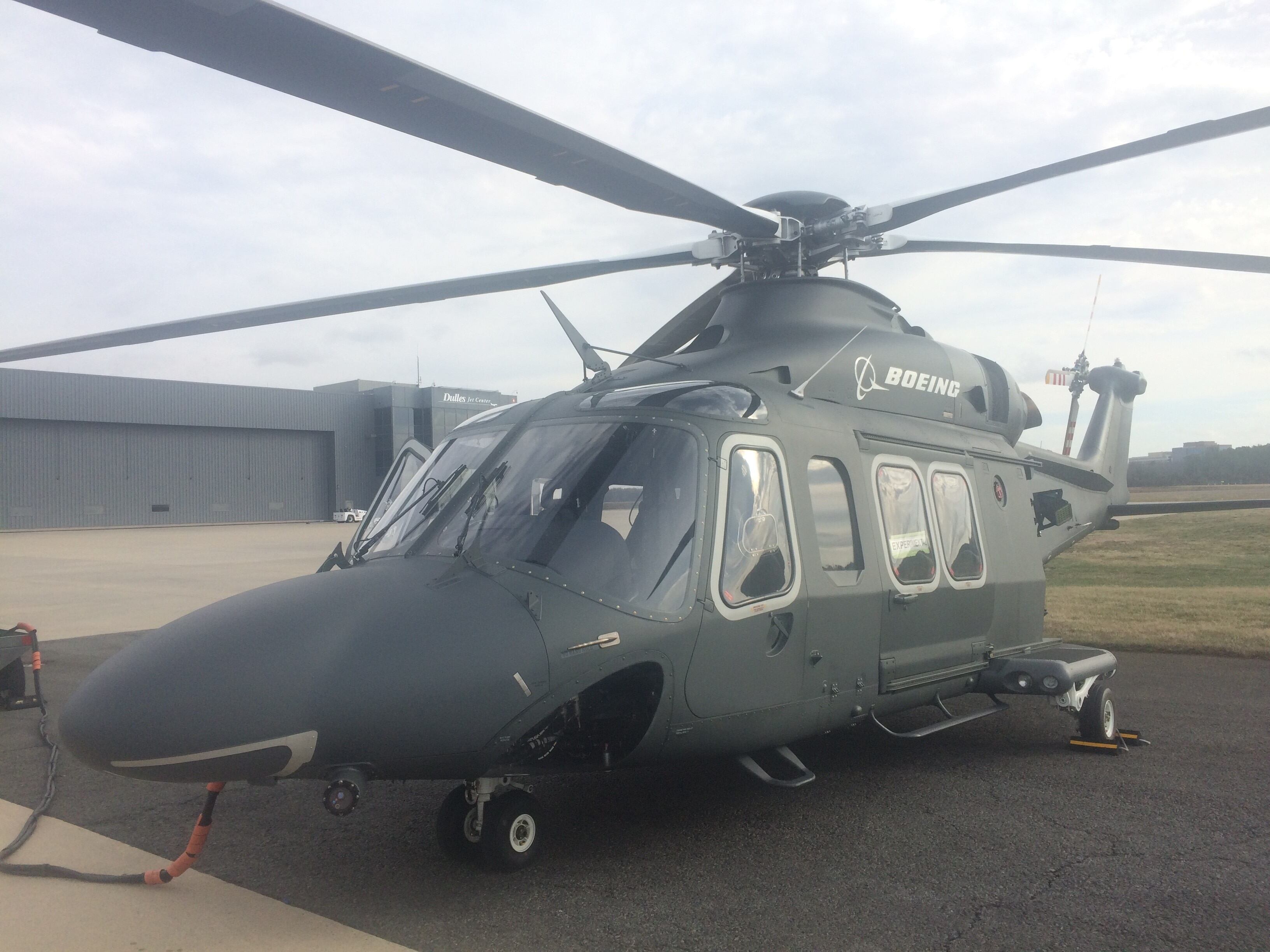WASHINGTON — The U.S. Air Force hasn’t chosen a winner for its UH-1N Huey replacement contest, but Sikorsky — a Lockheed Martin subsidiary and one of the three companies vying for the contract — has already filed a protest with the Government Accountability Office in the hopes of getting the service to pare back its control over certain data rights.
The protest, filed by Sikorsky on Feb. 12, revolves around concerns about intellectual property — specifically, requirements to hand over technical data rights that the company sees as proprietary.
“We believe that we can and would comply with the RFP [request for proposal] requirements as we understood them based on law and regulation in the RFP itself, but in the [evaluation notice] dialogues [in September], it became apparent that our ability to comply was significantly compromised by the Air Force’s interpretations of some of those items in the RFP,” said Steve Callaghan, vice president of strategy and business development for Sikorsky.
For example, the Air Force’s current interpretation of its solicitation would designate a company’s software source code as operations, maintenance, installation and training, or OMIT, data, said David Morgan, Sikorsky’s business development director. The government automatically obtains unlimited rights over any OMIT data.
“The issue there is they can use that however they see fit. Give it to other services, other vendors,” he said. But according to the Defense Federal Acquisition Regulation Supplement, “software source code is not considered as sustainment or OMIT data.”
Although the Air Force has been clear that it wants vendors’ source code as OMIT data, there are other technical data elements that the service has not yet decided whether to classify as OMIT — and therefore government-owned — or non-OMIT, Callaghan said.
That poses an additional challenge, making it more difficult for all competitors to submit informed fixed-priced bids for the program, Morgan contended.
“Defining that after-contract award puts us into the situation where we don’t have a clear requirement to bid to. That’s an unbounded and ambiguous requirement,” he said.
Sikorsky also takes issue with the Air Force’s posture on commercial software. The service wants vendors to provide all necessary off-the-shelf software licenses, including for products like Microsoft Windows that the government can acquire through the Defense Department’s enterprise software initiative.
Callaghan argued that the government is better suited to negotiate the terms for those licenses and that it would likely be cheaper for the Air Force to do so itself.
A spokeswoman for the Air Force declined to comment on the protest due to ongoing source selection. The program is still on track for a contract award by the end of June, she stated.
Meanwhile, the Government Accountability Office has until May 23 to adjudicate the protest.
To replace the UH-1N Huey, Sikorsky is putting forward the HH-60U, a version of the widely used UH-60 Black Hawk helicopter.
It is competing against a Boeing-Leonardo team, which is proposing a militarized version of Leonardo’s AW139 commercial helicopter, and Sierra Nevada Corp., which is offering to upgrade old Army UH-60Ls.
RELATED

The Air Force intends to buy 84 Huey replacement helicopters for intercontinental ballistic missile security support, continuity of government, airlift and other missions. The service has prioritized a low-cost, nondevelopmental solution that could be delivered as soon as 2020.
Although it is uncommon for companies to file a GAO protest in advance of a contract award, Morgan said Sikorsky had exhausted its other options. The company had previously filed an agency-level protest to try to address its issues with the Air Force, but officials felt the outcome ultimately did not resolve their concerns.
Sikorsky is widely seen as the company to beat in the UH-1N replacement contest due to the U.S. military’s widespread use of UH-60s among the services. However, asked if the company would retract its bid if GAO rules in favor of the Air Force, Callaghan said Sikorsky would consider its options.
The company is hoping it can work out its problems with the Air Force before then, Morgan added.
“In the end here, what we want to do here is to resolve these differences,” he said. “We want to provide the Air Force with the HH-60U, and we’re hopeful that we can work this out with our customer to resolve the ambiguities and the unbounded requirements and ensure everything is in compliance with DFARS, laws and regulations.”
Valerie Insinna is Defense News' air warfare reporter. She previously worked the Navy/congressional beats for Defense Daily, which followed almost three years as a staff writer for National Defense Magazine. Prior to that, she worked as an editorial assistant for the Tokyo Shimbun’s Washington bureau.







